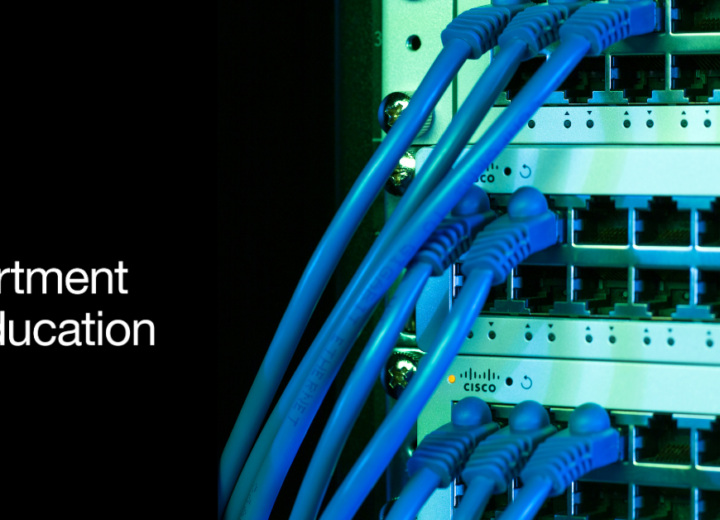Wi-Fi and how it has evolved over time…

WiFi, also known as Wireless Fidelity, has come a long way since its inception in 1997. It has revolutionized the way we connect to the internet, making it easier and more convenient than ever before. Wi-Fi has evolved significantly over the years, and in this blog post, we will take a look at the journey of WiFi and how it has changed over time.
- Wi-Fi 802.11b (1999)
The first Wi-Fi standard, 802.11b, was introduced in 1999. It had a maximum data rate of 11 Mbps and used the 2.4GHz frequency band. 802.11b was the first standard to gain widespread adoption and was widely used in homes and small businesses.
- Wi-Fi 802.11a (1999)
The same year 802.11b was introduced, another standard called 802.11a was released. It used a different frequency band, 5GHz, which offered higher speeds but shorter range. 802.11a never gained as much popularity as 802.11b because of its high cost and limited range.
- Wi-Fi 802.11g (2003)
802.11g was introduced in 2003 and offered a maximum data rate of 54 Mbps, which was significantly faster than 802.11b. It was also backward compatible with 802.11b, meaning that devices that supported 802.11g could also connect to 802.11b networks.
- Wi-Fi 802.11n (2009)
802.11n was introduced in 2009 and was a significant improvement over the previous standards. It offered faster speeds, improved range, and better reliability. 802.11n used both the 2.4GHz and 5GHz frequency bands, and it was backward compatible with 802.11g and 802.11b.
- Wi-Fi 802.11ac (2013)
802.11ac was introduced in 2013 and offered even faster speeds and improved range over 802.11n. It used the 5GHz frequency band and offered maximum data rates of up to 1 Gbps. 802.11ac was also backward compatible with 802.11n, meaning that devices that supported 802.11ac could also connect to 802.11n networks.
- Wi-Fi 802.11ax (2019)
The latest Wi-Fi standard, 802.11ax, was introduced in 2019. It is also known as Wi-Fi 6 and offers even faster speeds and improved reliability over 802.11ac. It uses both the 2.4GHz and 5GHz frequency bands and offers maximum data rates of up to 10 Gbps. 802.11ax is also backward compatible with previous standards.
Apart from these standards, Wi-Fi technology has also seen improvements in security, with the introduction of WPA and WPA2 encryption protocols. Wi-Fi has also become more ubiquitous, with Wi-Fi hotspots available in public places like airports, cafes, and hotels.
In conclusion, Wi-Fi has come a long way since its inception in 1997. It has evolved from offering maximum data rates of 11 Mbps to 10 Gbps, and it has also become more secure and reliable. Wi-Fi has made it possible for people to connect to the internet from anywhere, and it has transformed the way we live, work, and communicate. As technology continues to evolve, we can expect even faster and more reliable Wi-Fi networks in the future.
Read our other blogs here.




